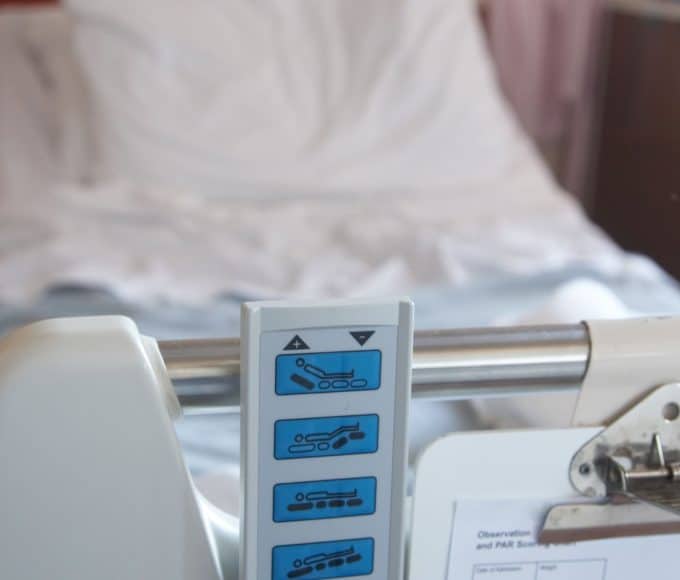If you’ve ever spent hours glued to your desk, you know how sluggish you can feel by the end of the day. Desk jobs, while mentally challenging, often leave our bodies stiff, tired, and restless. The good news?
You don’t need to overhaul your life to stay active with a desk job. Here’s how you can sneak in some movement, boost your well-being, and keep your energy levels up—all without sacrificing productivity.
How to stay active with a desk job
1. Embrace the Power of Microbreaks
You don’t need to go for an hour-long workout to stay active. Sometimes, a few minutes every hour can make all the difference. The Pomodoro Method, a popular productivity technique, encourages short breaks after focused work periods—typically 25 minutes of work followed by a 5-minute break.
During these breaks, stand up, stretch, or take a quick walk around.
Research shows that microbreaks not only improve mental clarity but also reduce the risk of musculoskeletal disorders, which are common among desk workers. Even short bursts of activity can help relieve stiffness and discomfort.
Actionable Tip: Set a timer for every 25 minutes, and use your break to move around or stretch.
2. Try Desk Exercises
When you can’t step away from your desk, desk exercises can keep you moving without interrupting your workflow. Simple moves like seated leg lifts, torso twists, or stretching your arms and neck can improve blood circulation and reduce tension.
In fact, short bouts of physical activity throughout the day have been found to boost productivity and reduce fatigue, according to a study published in the Journal of Occupational and Environmental Medicine.
Actionable Tip: Add a few stretches or seated exercises during your microbreaks to keep your body moving throughout the day.
3. Take Your Meetings on the Go
Got a phone call or meeting coming up? Why not take it on the go? Walking during phone calls or turning sit-down meetings into walking meetings can increase creativity and improve problem-solving skills, as shown by research from Stanford University.
While it may not always be possible to walk during every conversation, replacing just one or two seated meetings a week with walking ones can help you stay more active.
Actionable Tip: Next time you have a call, grab your headphones and take it while walking around your office or home.
4. Invest in a Standing Desk
Standing desks are becoming increasingly popular, and for good reason. Prolonged sitting is linked to various health risks, including heart disease and poor posture. A standing desk allows you to alternate between sitting and standing, which helps boost energy levels and reduces the negative effects of sitting for too long.
If a standing desk isn’t an option, try creating a DIY version by stacking books or boxes under your monitor or laptop. Just remember to alternate between sitting and standing to avoid straining your legs and back.
Actionable Tip: Try standing for 30 minutes every hour and adjusting your workspace to allow for a mix of sitting and standing.
5. Make Lunchtime Count
Lunchtime is the perfect opportunity to get moving. Instead of eating at your desk, take a brisk walk around the office or step outside for fresh air. Even a 10-15 minute walk can help boost your metabolism, improve digestion, and refocus your mind for the afternoon.
If a walk isn’t feasible, try stretching or taking the stairs instead of the elevator to add a little extra movement.
Actionable Tip: Use your lunch break as a time to move, whether it’s a quick walk outside or a short stretching session at your desk.
Staying active with a desk job isn’t about making drastic changes; it’s about incorporating small, manageable adjustments into your daily routine.
Whether it’s taking microbreaks, using a standing desk, or making the most of your lunch break, these little changes can add up and significantly improve your physical and mental well-being.
Recommended – Why You’re Afraid of Being Lonely: The Fear of Solitude














